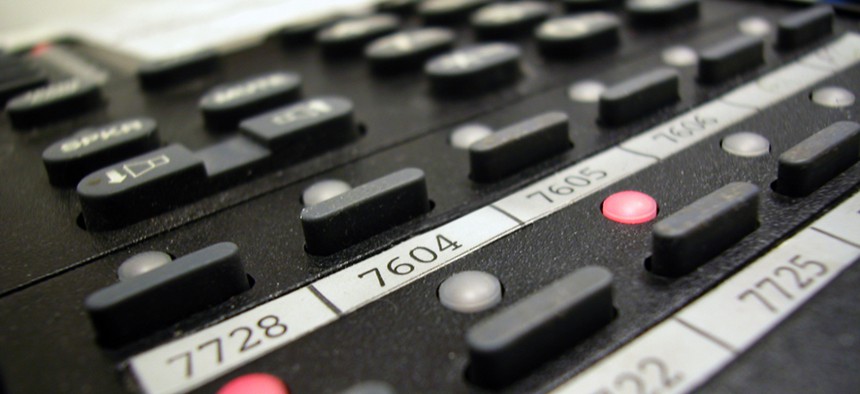More Proof That No One Wants or Listens to Your Voicemails
The new standard outgoing message asks the caller to try again later or use an “alternative method” to get in touch.
Many young people will agree that voicemail—once essential in business and personal communications—has in just a few years become basically irrelevant and actually quite annoying. So Coca-Cola’s November memo announcing that it would disconnect landline voicemails at its headquarters comes as a vindication for those trying to convince the last holdouts among families, friends, and colleagues that voicemail is an exceedingly bad way to get in touch.
The company is specifically getting rid of old-school voicemail lines, the ones where you have to listen or skip through previous messages to get to the latest. The cost savings from the move aren’t huge—less than $100,000, according to Coke—but there’s an efficiency benefit. Usage was declining, and the company wanted increase productivity. (Meanwhile, Coke will cut 1,000 to 2,000 jobs globally after Christmas, the Wall Street Journal reports.(paywall))
The new standard outgoing message asks the caller to try again later or use an “alternative method” to get in touch. People who had a critical need for voicemail were given the option to keep it, but a mere 6% of employees did, according to Bloomberg.
Voicemail is among the least efficient ways to get in touch with somebody in the age of with smartphones, email push notifications, and texting. A backlog of accumulated voicemail now feels like a daunting task to work through. And it’s often assumed that if the message is truly important, the person will call back or email. Office-based systems in particular require jumping through hoops, passwords, registration and so on, steps that busy people try to avoid.
Part of the problem with voicemail is its format: Conventional voicemail etiquette seem almost designed to stretch out a conversation and omit important information. First there’s a greeting; then the description of who’s calling and of when exactly the call was made (despite that information being provided in the playback and probably the phone’s screen too); followed by a long-winded description of whatever prompted the call; only to end with a request for a call back, often with little context for why.
There are still times when a phone call is the best way to communicate. But if a person doesn’t pick up her phone, it’s probably for a reason that would also prevent her checking voicemail—a meeting, perhaps. But chances are, she has probably mastered the art of the under-the-table text message.
(Image via Anthony Hall/Shutterstock.com)
NEXT STORY: Obamacare on Track to Beat Enrollment Goals



